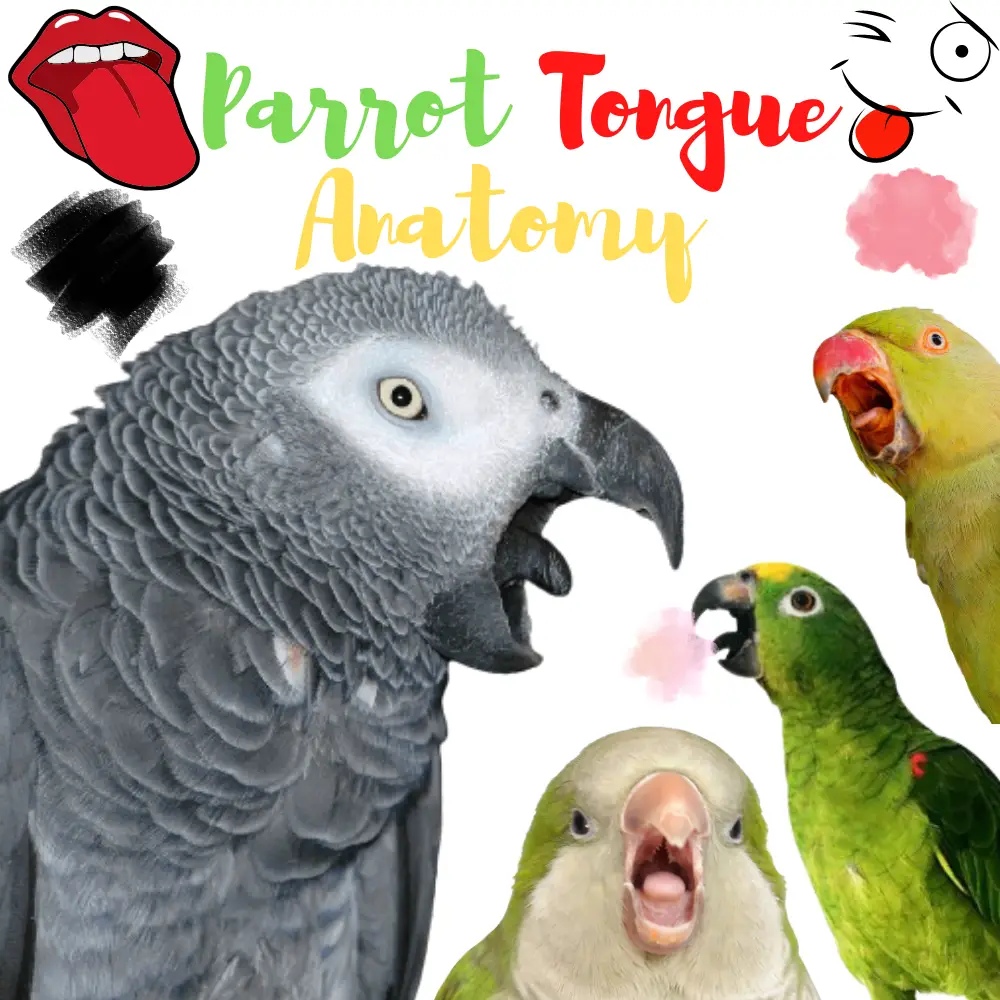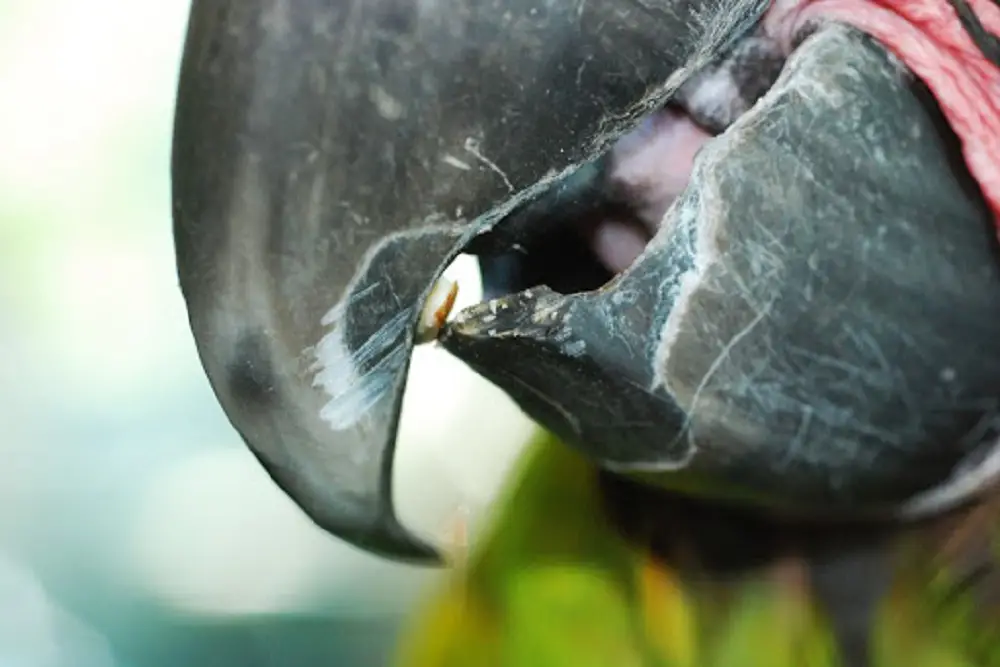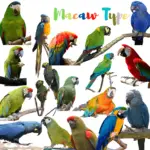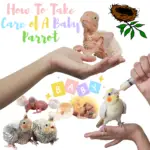
Parrot tongue anatomy: In most parrots, the tongue is black in color. For others, it is white, pink, or flesh-colored. In fact, the color is usually the same as that of the beak of the Psittacidae. In some species, its hue may change with age.
It can also happen in case of food deficiency, cancer, injury, or genetic accident. The aspect of the language of our psittacines is also very different from that of ours.
He was able to say more than a hundred words in English, identify objects, recognizes colors, shapes, materials… Alex, a gray parrot from Gabon, studied for thirty-one years (until his death in 2007) by the American ethologist Irene Pepperberg, was an ace of human language.
Parrot tongue
He was able to say more than a hundred words in English, identify objects, recognize colors, shapes, materials… Alex, a gray parrot from Gabon, studied for thirty-one years (until his death in 2007) by the American ethologist Irene Pepperberg, was an ace of human language. But he is not the only one: other “star” parrots, raised in the laboratory and accustomed at a very young age to rub shoulders with humans, continue to impress specialists in animal language. More generally, all parrots (more than 300 species) can imitate our language.
How are birds capable of such a feat, when the great apes, yet closer to us in the tree of evolution, cannot? By studying the most talkative of them, the researchers ended up discovering their secret: it is the exceptional combination of singular anatomy and a unique brain organization that endowed them with speech.
Or, more accurately, a striking talent for imitating the human voice. With them, it is the equivalent of our larynx, the “syrinx”, located at the bottom of the trachea, where it divides in two to supply air to the lungs, which allows us to “push the song”. It has three pairs of muscles and an eardrum-shaped membrane, which vibrates and produces sound as exhaled air passes. The muscles, by varying the strangulation of the syrinx, put the membrane in tension, which modulates the frequency and amplitude of the sounds emitted. But that’s not all.

What Does A Parrot’s Tongue Look Like?
Soft tongue and gourmet larynx
Parrots also have a soft, thick, and soft tongue, whose morphology is reminiscent of humans. It moves horizontally, vertically, and back and forth, allowing it to finely change the amplitude of sounds. The opening of the beak, finally, independent of the position of the tongue, also intervenes. Before offering them the floor, this subtle anatomy serves them mainly to feed themselves as “gourmets”.
Because these talking birds ingest small portions, skillfully using their beak, tongue, and larynx (located, this one, at the top of the trachea) to pass their dishes into the esophagus. According to some scientists, this dexterity acquired to swallow could then have turned into the ability to modulate sounds. Indeed, “this sequence of particular attributes allows parrots to produce a wide variety of vocalizations,” says Dalila Bovet, at the Laboratory of Comparative Ethology and Cognition at the University of Paris-Ouest Nanterre La Défense. A variety that goes beyond the innate register: if many birds know how to produce songs of great complexity, they can not elaborate sounds that do not belong to their species. Parrots know how to appropriate all kinds of sounds… including those of human language.
An imitation talent that passes, in addition to adapted anatomy, through seven brain nuclei, present in passerines and hummingbirds, but connected in a specific way in parrots. It is thanks to these brain structures that these birds learn to recognize and then imitate a sound or a word, and to associate it with an action. A parrot can say “hello” when someone enters the room where he is. Or, like Alex, answer simple questions, in one or more words chosen, in a relevant way, from several dozen in his lexicon. Or even express your preferences. When the famous parrot was presented with a nut when he had just said “Wanna banana” (“I want a banana”), he grabbed it… and threw it to the researchers!
Why Do Some Parrots Have Black Tongues?
Parakeet and Parrot’s tongues can be in many colors: black color is most common, or grey or pink.
How Are Parrot Tongues Different?
The Parrot’s tongues are linked by:
- Extrinsic muscles
- Intrinsic muscles
They use them for the following:
- Hold onto food
- Mimicking speech
- Move objects
- Move
- Explore
Do All Parrots Have Tongues?
Most parrots feed on hard nuts and seeds rather than berries; others (Licmetis, Enicognathus) deftly dig up the tubers of orchids with their straight, pointed beaks like a ploughshare; some cockatoos (Plictolophus sanguineus and Pl. roseicapillus) feed on sully plants, just as Conurus carolinensis and Chrysotis amazonicus search for land and salt water. The Stringops, which is terrestrial and nocturnal, feed on lichens, fungi, and especially the rhizomes of a fern (Pteris aguilina). The Conurus Patagonia, the southernmost of the American parrots, feeds near Buenos Aires on the pods and grains of an Akasie; in Patagonia, it is content with the leaves of a thorny shrub; at Cape San Antonio, it feeds on a simple grass, while in the same locality the Bolborhynchus monachus devours the seeds of thistles. Platycerci are not satisfied with the nectar of flowers, they attach insects to them, and Calyptorhynchus are very fond of beetle larvae that gnaw the wood of trees; finally, the Nestors are omnivorous and even carnivorous, eating indiscriminately, according to the circumstances and the season, the flowers of trees, insect larvae, young birds, carrion that is thrown into the road, and even attacking live sheep.
Parrots usually live in more or less numerous bands whose loud cries betray the presence in the middle of the foliage, and trees. Australian species gladly come ashore and fall like a flock of sparrows, to look for fallen seeds on which they feed. Some species (Pezoporus, Stringops) are more exclusively terrestrial, and others seek rocky and mountainous regions (Nestor). Most have an easy and fast flight, and that of the Wavy Parakeet (Melopsittacus) is reminiscent of that of the Swallow. Many species make real migrations from North to South, depending on the season.
With the exception of the Inseparable (Agapornis) whose union lasts a lifetime, in general, the pairs are formed only at the time of reproduction: the nest, placed in a tree hole, is always quite coarse; the eggs are rounded and of a pure white; the young, of which there are only two in large species, are born naked and are fed for a long time by the parents.
Parrot Keeps Sticking Tongue Out
The Parakeet and the Parrots often stick out their tongues for:
- Tasting
- Illness
- Playing
Can A Parrot Get A Tongue Infection?
Yes, The most common infections are:
- Trichomoniasis
- Poxvirus
- Swollen Tongue Due To Infection
Parrot Tongue Up Close
SOURCE:Dave Wirth
Related Articles:




















